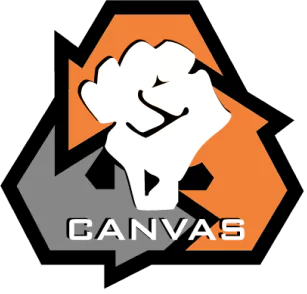Aug 19, 2007-2007
Myanmar
Saffron Revolution
Share
ACTIVISTS/ACT.GROUPS/DESCRIPTION OF THE GROUP
All Burma Monks Alliance, student demonstrators from 1988, Burmese citizens
TARGET
Ruling military junta in Burma created as State Law and Order Restoration Council (SLORC) and renamed State Peace and Development Council (SPDC)
WIDELY HELD BELIEF
There must be economic reform to repair the immense strain put on the economy, and there must be a return to a civilian rule.
CASE NARRATIVE
Issue and Opponent: The Saffron Revolution was a flurry of protests and retributive violence that began after the government removed its fuel subsidies, resulting in a 66% increase in oil prices and a 500% increase in natural gas prices. This affected the average Burmese citizen, as the economy was already struggling, and prices for commodities were rising. The goal of the demonstrations started as a call for economic reform but soon morphed into the demand for political change and democratic rule after the ruling military junta increased their violence against the monks and Burmese citizens.
Dilemma Action: During the first protest in Rangoon, 100 activists demonstrated. The result was beatings and the arrest of 13 members of the 88 generation, a successful student opposition group formed in 1998 that unseated dictator Ne Win (replaced by the military Junta). On the 28th of August, Buddhist monks joined the protests in Sittwe, giving the movement its name for the Saffron-colored robes they wore. The monks protested by turning their alms bowls upside for generals and police officers. This meant the monks refused to bless these individuals. Around 1,000 strong, there were an estimated 4 arrests and many beatings. The 88-rising group penned letters of opposition, and the All-Burma Monks’ Alliance demanded an apology to the monks, the release of all demonstrators and political prisoners, a reduction of commodity prices, and a democratic dialogue. These demands were to be met by September 17th. The demands were not met, so Buddhist monks continued their boycott of donations of military members (alms), a very significant Buddhist religious practice that could effectively bar military members from reaching Nirvana. Monk-led protests cropped up all around the country. In Bago, 1,000 monks marched. In Chauk, Kyaukpadaung, and Aung Lan, hundreds demonstrated. In Rangoon, the largest demonstration of 100,000 took place. Taunggoke gathered 3,000 residents, leading to three arrests. The dilemma action is that either the government punishes monks for not providing religious services, which would make them look cruel, or they cave to the protestor’s demands and lose their power.
Outcomes: Soldiers shot and killed unarmed protestors during the 500-strong protests Pakokku, inciting widespread rage concerning the brutal incident of two monks being tied to lampposts and beaten and other monks being forcibly disrobed. Death tolls overall for the Saffron Revolution are unclear, as witness reports of the number of body bags conflict with the 10 deaths reported by the government, and there are claims of midnight cremations being done to cover up victims. Conservative estimates claim up to 31 deaths, 100,000 protestors, and 3,000 arrests happened over the 45 days of protest. While the movement gained international support, the arrests of thousands of monks and the brutal policing of protests and organizers slowed protests. By late September, large-scale public participation decreased. The supporters soon returned home and stopped their protests, although the monks continued to demonstrate. This revolution was part of the larger campaign in Burma to oust the ruling military junta and bring democratic rule to Burma (present-day Myanmar).
PRIMARY STRUGGLE/GOAL
NONVIOLENT TACTICS USED
DA TACTICS USED
Turning one’s back
CASE NARRATIVE WRITER
SUCCESS METRICS
7 / 12
(MC) Media Coverage
(MSYMP) Media coverage was sympathetic to the activists
(OR) Opponent response
(PS) Dilemma action built sympathy with the public
(REFR) Dilemma action reframed the narrative of the opponent
(SA) Dilemma action appealed to a broad segment of the public
Artivism
PART OF A LARGER CAMPAIGN
1 / 3
Activist group continued working together after the action
RESOURCES
Project documentation
Dilemma Actions Coding Guidebook
Case study documentation
Dilemma_Actions_Analysis_Dataset
SOURCES
Ross, Alexa. 2010. “Burmese (Myanmar) monks campaign for democracy (Saffron Revolution), 2007,” Global Nonviolent Action Database. Retrieved July 22, 2023. (https://nvdatabase.swarthmore.edu/content/burmese-myanmar-monks-campaign-democracy-saffron-revolution-2007).
Freeman, Joe. 2017. “The ‘Good Monk’ Myth: How the Saffron Revolution, which transformed Burma ten years ago, obscured uncomfortable questions about Buddhist nationalism,” The Atlantic. Retrieved July 22, 2023. (https://www.theatlantic.com/international/archive/2017/09/saffron-revolution-good-monk-myth/541116/).
Harvard Divinity School. 2008. “Saffron Revolution,” Retrieved July 22, 2023. (https://rpl.hds.harvard.edu/faq/saffron-revolution).
Fallse, Thierry. 2017. “Saffron Revolution: A Rangoon Diary,” The Irrawaddy. Retrieved July 22, 2023. (https://www.irrawaddy.com/from-the-archive/saffron-revolution-rangoon-diary.html).
Steinberg, David. 2008. “Globalization, Dissent, and Orthodoxy: Burma/Myanmar and the Saffron Revolution,” Georgetown Journal of International Affairs. Retrieved July 22, 2023. (https://www.jstor.org/stable/43133778).
Protection of persons acting in good faith under this act from prosecution, suit or other legal proceedings, except with the sanction of the Central Government, in exercise of the powers conferred by this act.
Related cases
Jan 11, 1912-1912
United States of America
The issues at hand were low wages and unsafe working and living conditions in a textile factory in Massachusetts. The factory conditions were so dangerous that ⅓ of wo...
/
Jul 12, 2019-2019
United States of America
President Donald Trump’s “zero tolerance” policy had separated hundreds of families detained at the US-Mexican border. The children of these migrants found themselves ...
/
Jan 15, 2012-2012
Russia
Issue and Opposition: Putin became acting president after Yeltsin’s resignation in 1999. Within the next few months, he became the president. Due to constitutional con...
/
Subscribe to our newsletters to get full access to all materials on our website.

